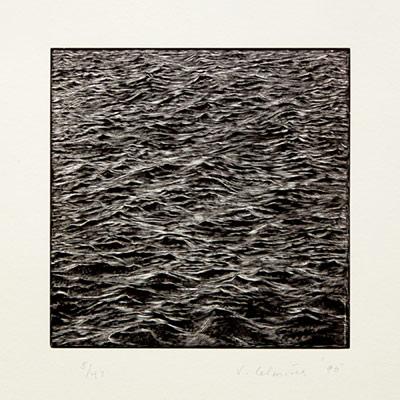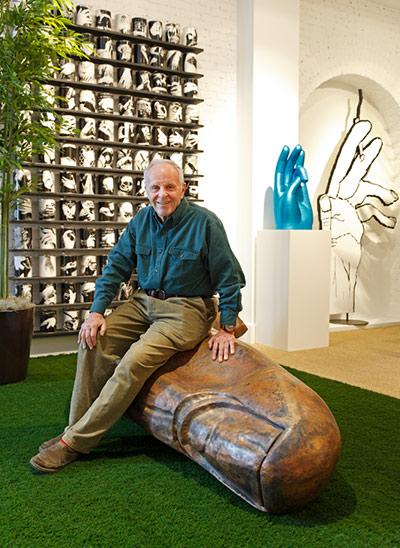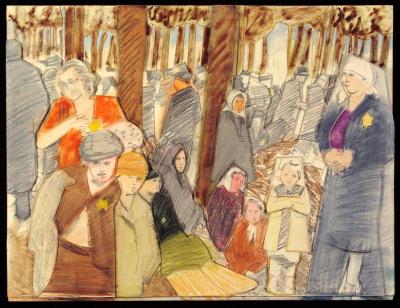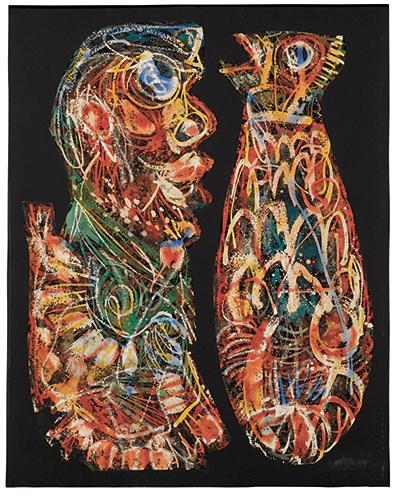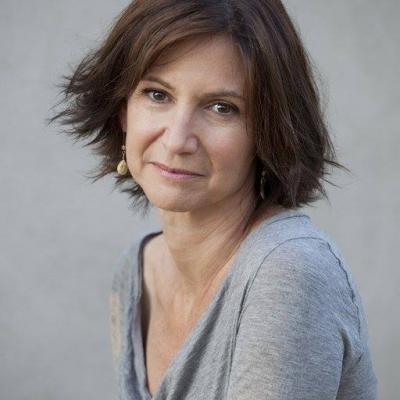Watermill Center's Artists Table Will Feature Bakis and Jeremy Dennis
Watermill Center's Artists Table Will Feature Bakis and Jeremy Dennis
The Watermill Center will host Artists Table, a brunch prepared by Jason Weiner on Sunday from noon to 2:30 p.m. Mr. Weiner is the chef and co-proprietor with Eric Lemonides of the Almond restaurants in Bridgehampton and Manhattan and L&W Oyster Company, in Manhattan.
The event will feature presentations by two of the center’s artists-in-residence, Bakis and Jeremy Dennis. While at the center, Bakis, a performance trio, is developing a work with a wired piano, multiple live projections, and prerecorded video. A statement by the late John Berger, an art critic, inspired the piece: “Men act and women appear. Men look at women. Women watch themselves being looked at.”
Mr. Dennis, a visual artist and member of the Shinnecock Indian Nation, is using the web as one of three platforms to create “On This Site,” based on over 10,000 years of Shinnecock tradition. He also aims to promote awareness of the rich history of Native American settlements, burial sites, and other sensitive locations throughout Long Island.
Tickets are $75, and advanced registration is required through the center’s website.
Also on Sunday’s menu is a free 90-minute yoga class led by Nixon Beltran on the center’s grounds. Participants have been asked to bring mats, small towels, and props. Registration is also through the website.

